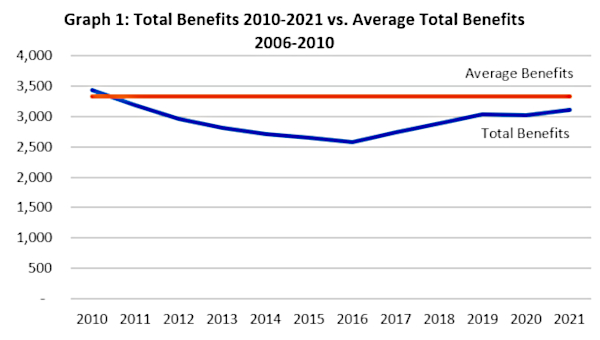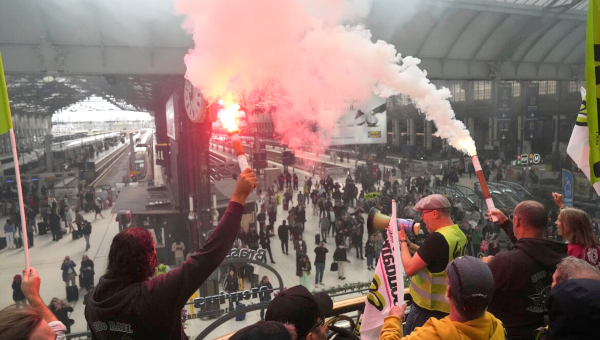Sam Gindin on “Thinking as a Class”
If what we were saying to workers in a workplace was in the 1950s and 60s, you didn’t actually have to think about anybody else. If you were an auto … Watch video »
If what we were saying to workers in a workplace was in the 1950s and 60s, you didn’t actually have to think about anybody else. If you were an auto worker, you were probably strong and you could win things for yourself. And what a lot of auto workers learned is we don’t actually need anybody. They didn’t learn that this was a temporary situation.
If you’re just going to fight things on your own, you’re going to lose. So what’s the lesson? The lesson is you have to think as a class. We actually got people to think about what does it mean to be to think as a class? What does it mean in bargaining? What does it mean about how we organize? That would be a great advance. You have to understand your enemy. And you know what? Your enemy might not be your boss. He’s a manifestation of the system. Because your boss is going to say to you, “you know what? I’d love to pay you twice as much, but then I’ll go broke and you’ll lose your job.”
Wait a second. What you’re saying is that’s the system that’s at fault. So you can start doing education around the system. And when you start thinking that way about class and the system, it will affect the kind of education you do in unions. It affects how you talk to each other. It affects what you think a struggle is. It determines how you measure a struggle.
This is a short clip by Sam Gindin of a longer talk “Trump’s Tariffs: Building a Working-Class Response.”





